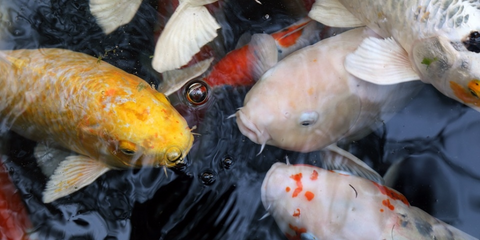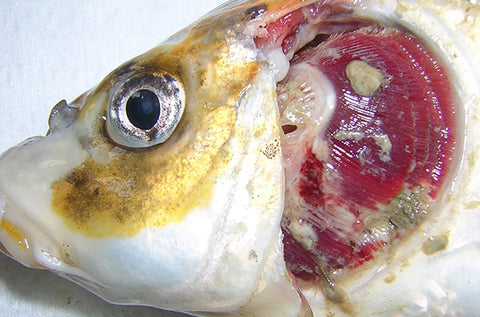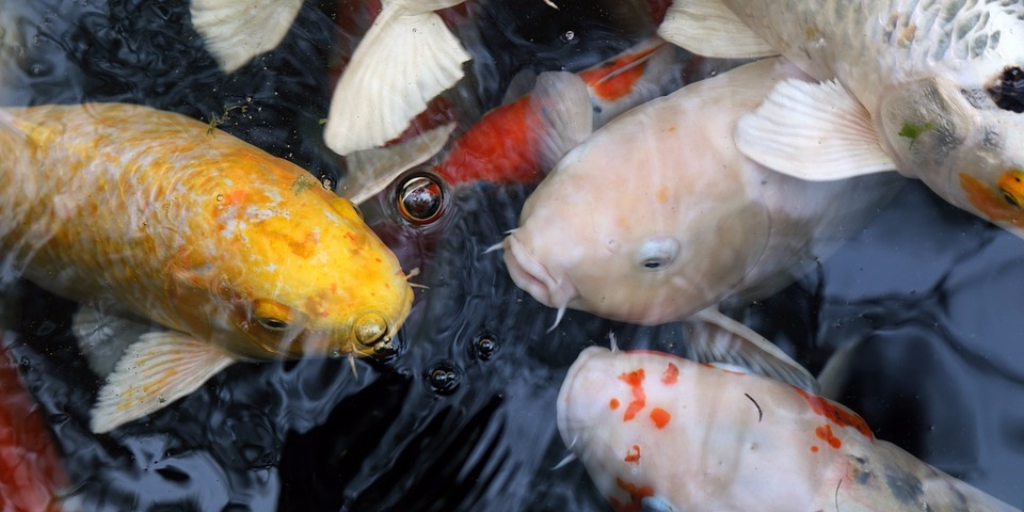
Koi Herpesvirus (KHV) is a devastating disease that has the potential to wipe out your entire population of koi. While there is no cure for KHV, there are methods of prevention that can protect your koi family from getting infected.
KHV effects koi of all ages and is present in most regions of the world that koi are kept and bred. Expression of the virus typically occurs when water temperature is between 60° and 82°F. Infected koi may not show physical symptoms in lower water temperatures, but will display them rapidly when the temperatures rise again Koi can get infected with direct contact of an infected fish through skin contact, or indirectly through fluids, water, or mud that has been in contact with an infected fish. Signs of KHV can manifest both physically and behaviorally in your koi. Some examples of physical signs include gill and skin hemorrhaging, red, white, and pale patches on the skin and gills, blisters on the skin, fin erosion, and sunken eyes. Behaviorally, the koi may seem disoriented and swim hyper-actively, as well as gasp for air on the surface of the water. Anywhere between 70 to 100% of the effected koi population may die, but those who survive are carriers of the virus for the rest of their lives.

The only way to protect your population of koi is to make sure they never encounter KHV. To ensure this, you should keep all new koi fish in close watch in quarantine away from your other koi. Quarantine should last at least 30 days, in water that is 75°. Make sure to use separate supplies when handling your fish so you don’t contaminate your healthy koi. If your new koi exhibits any of the signs of KHV, they should be examined by a veterinarian.
Example of sunken and normal koi eyes from KHV (Source)
While more research needs to be done, some studies show that adjusting water temperature to 86°F may prevent koi from dying during an outbreak of KHV, but this has not been widely tested or confirmed. There is also a vaccine available called KV3 used to immunize koi fish against KHV. However, the process can be expensive and practical only for large scale operations.
As long as you are careful and practice strict quarantine procedures, your koi fish should be safe. It is also very important to only purchase your koi from trusted suppliers who are aware of the disease and follow proper protocol.
To help advance the research of this deadly virus, checks can be made payable:


